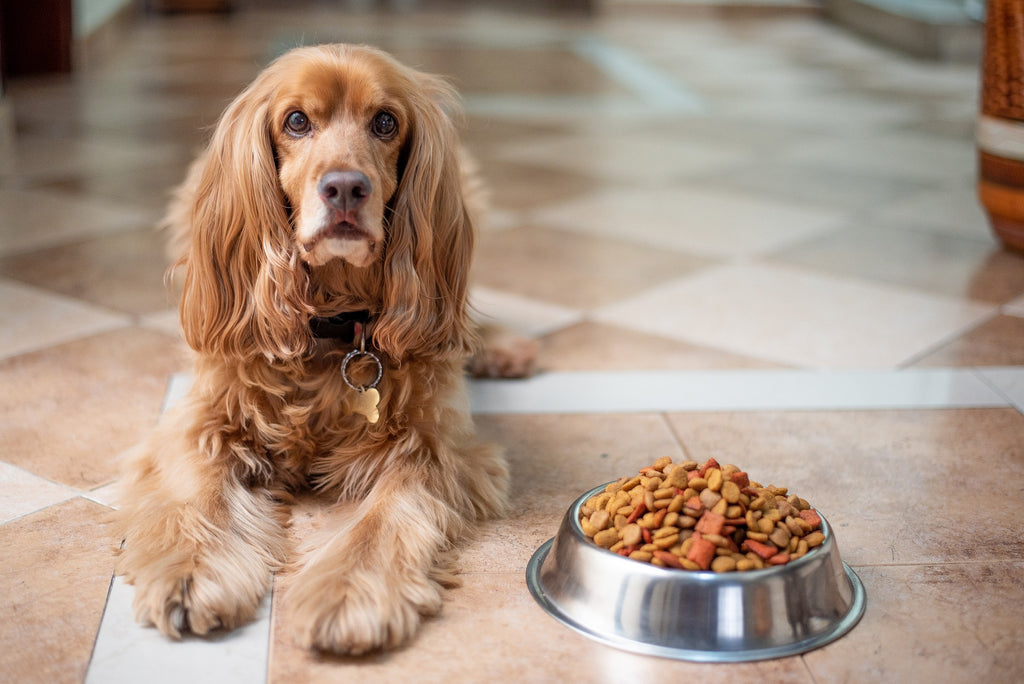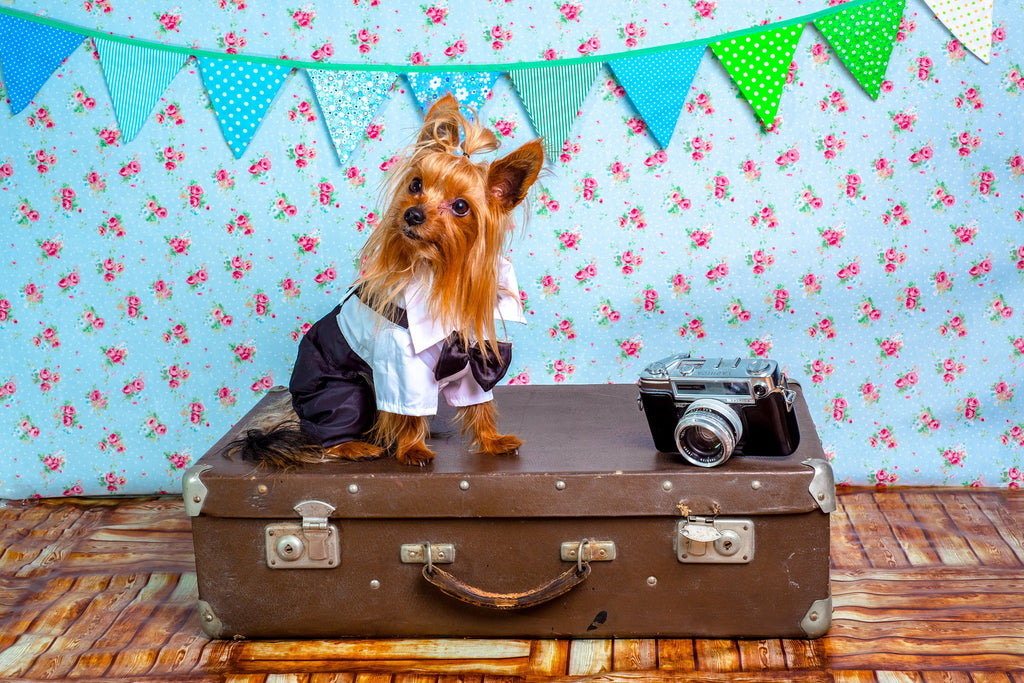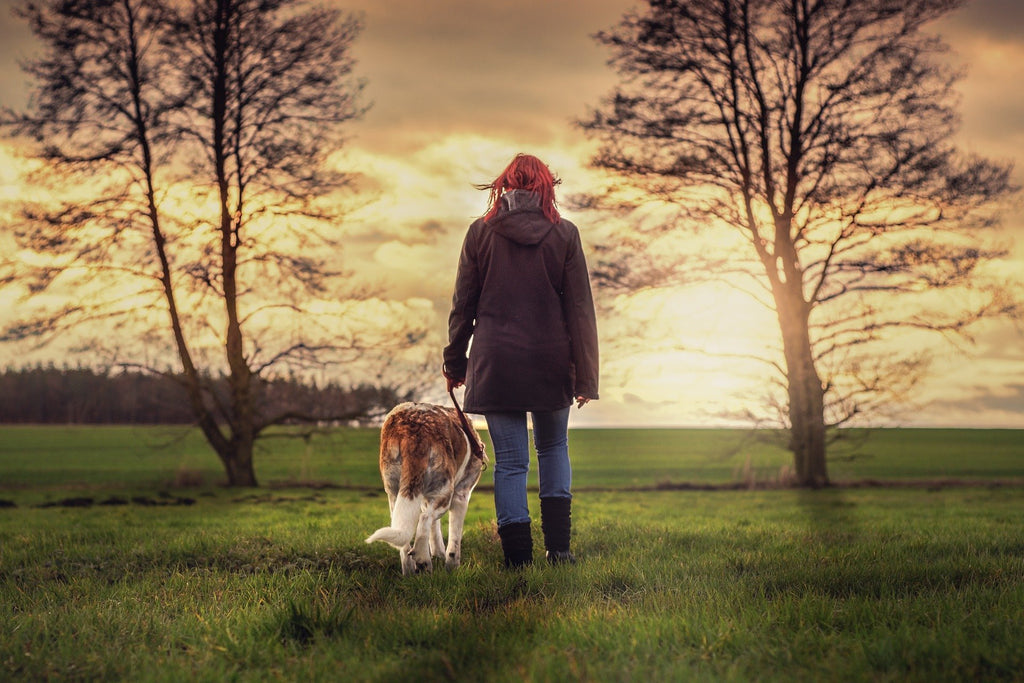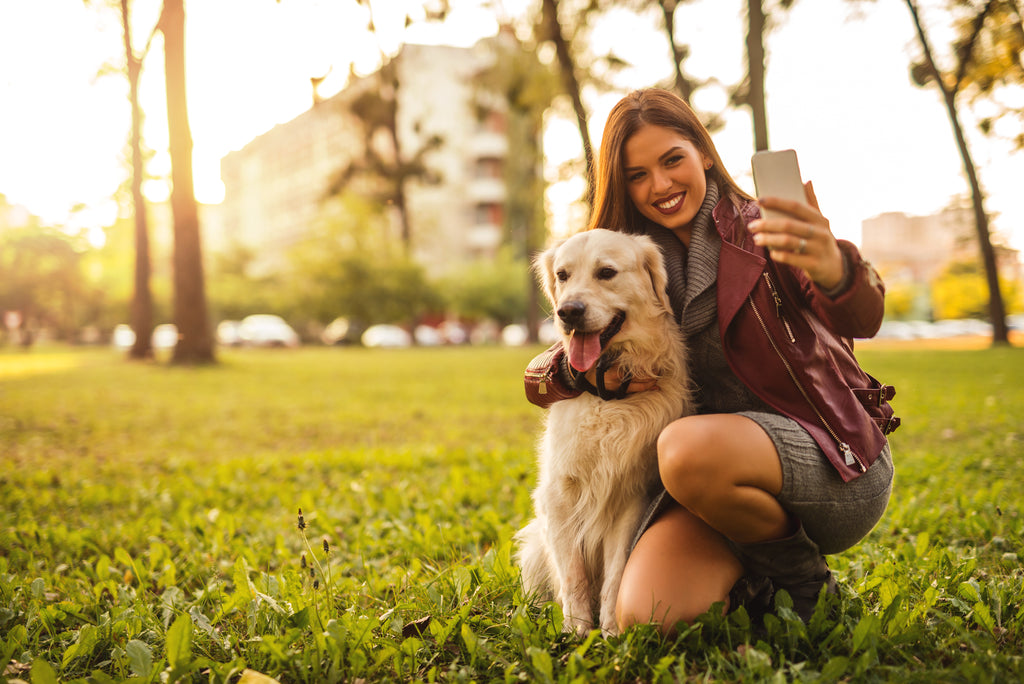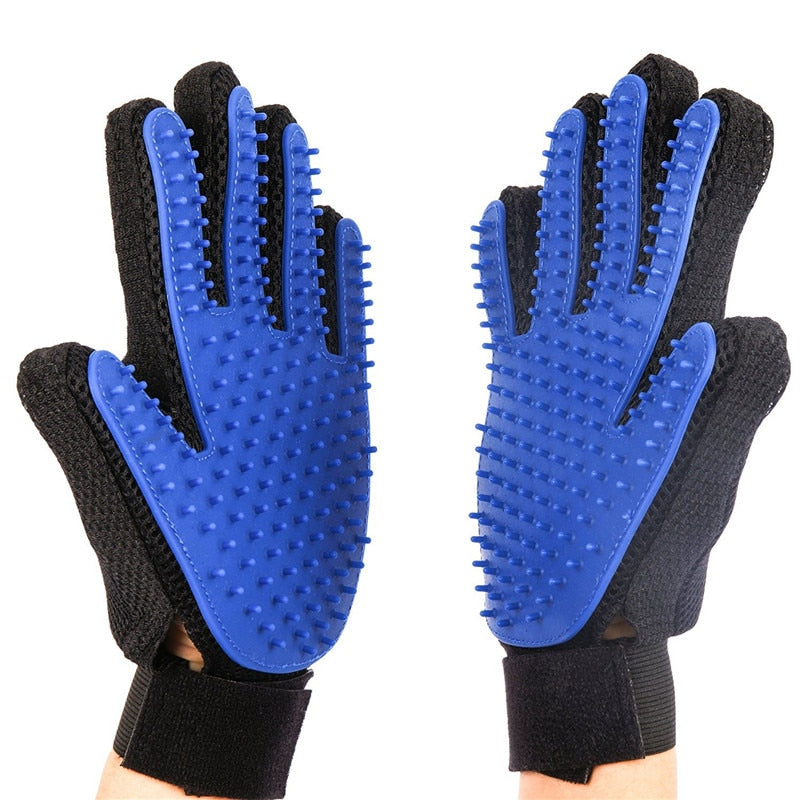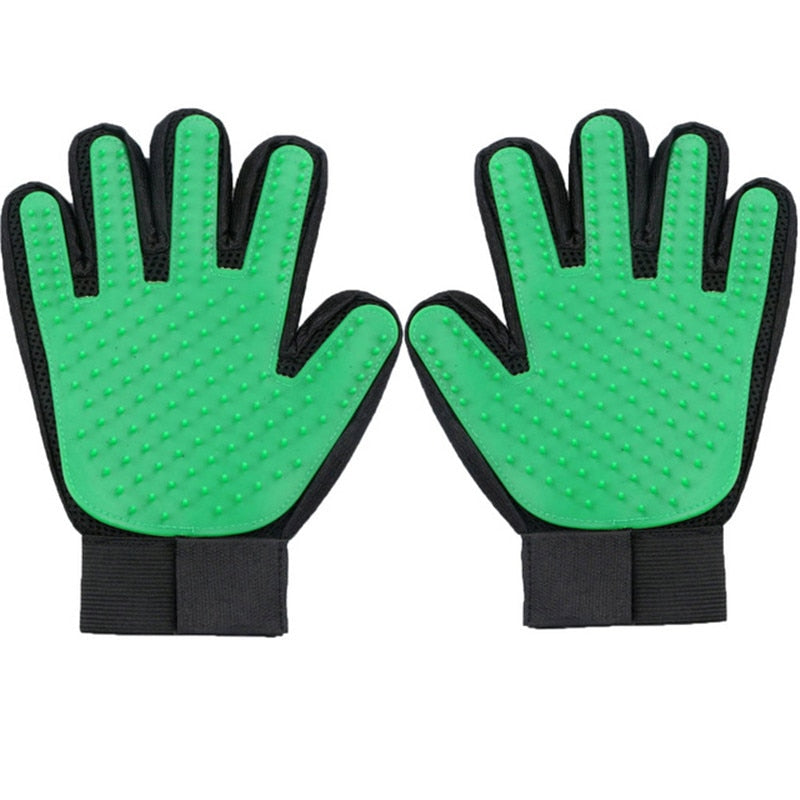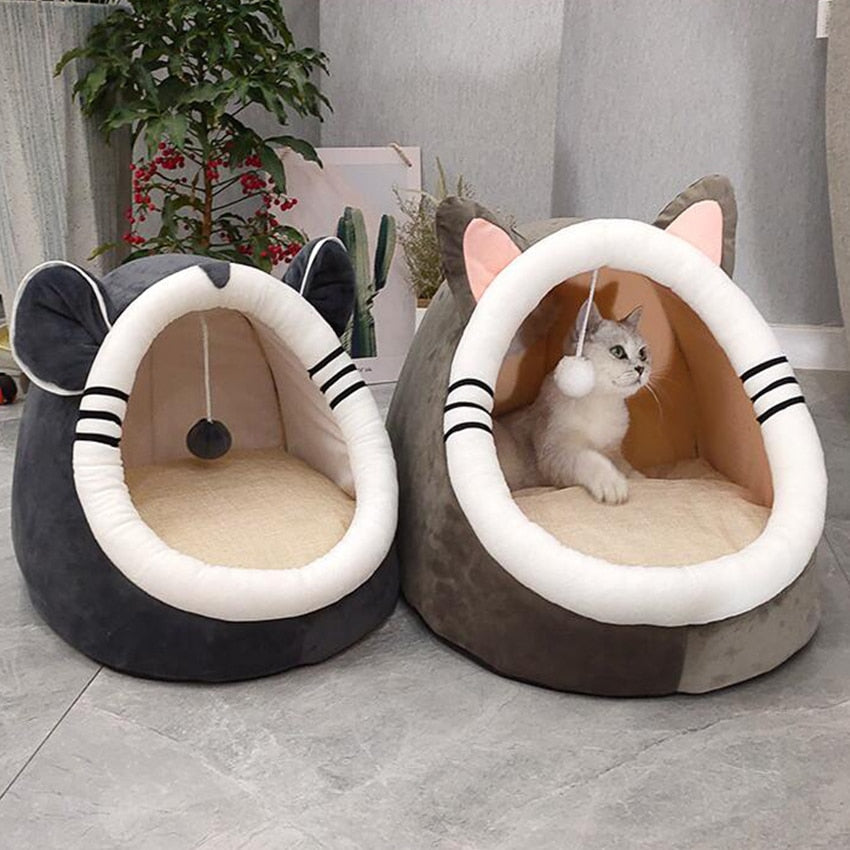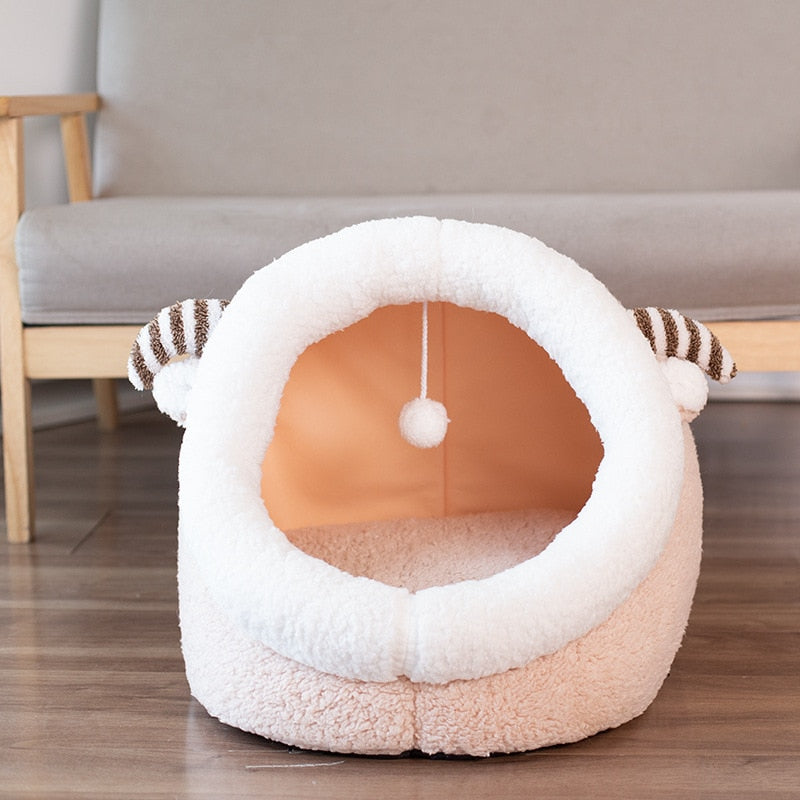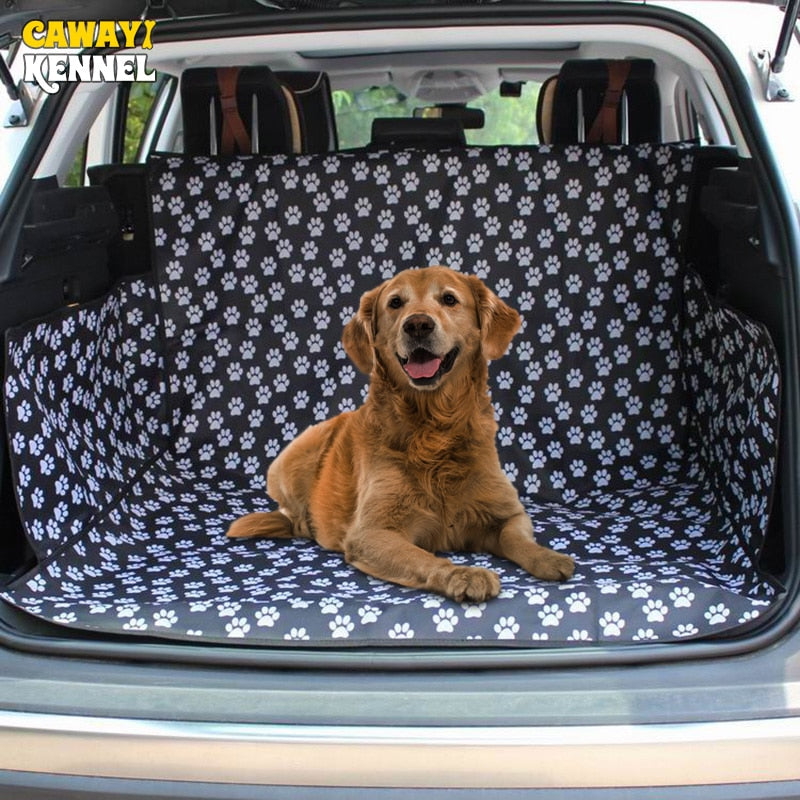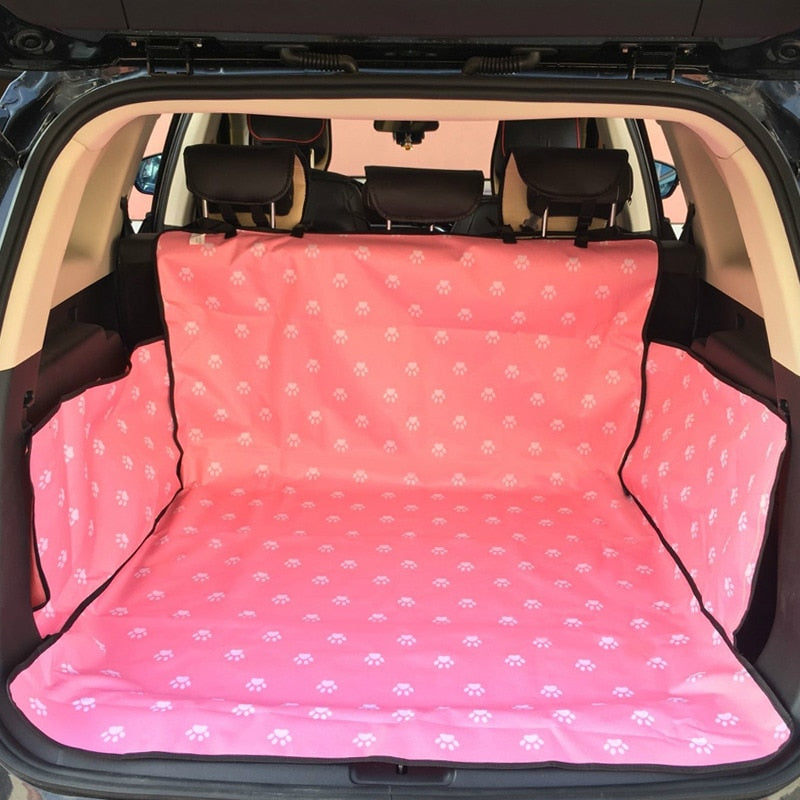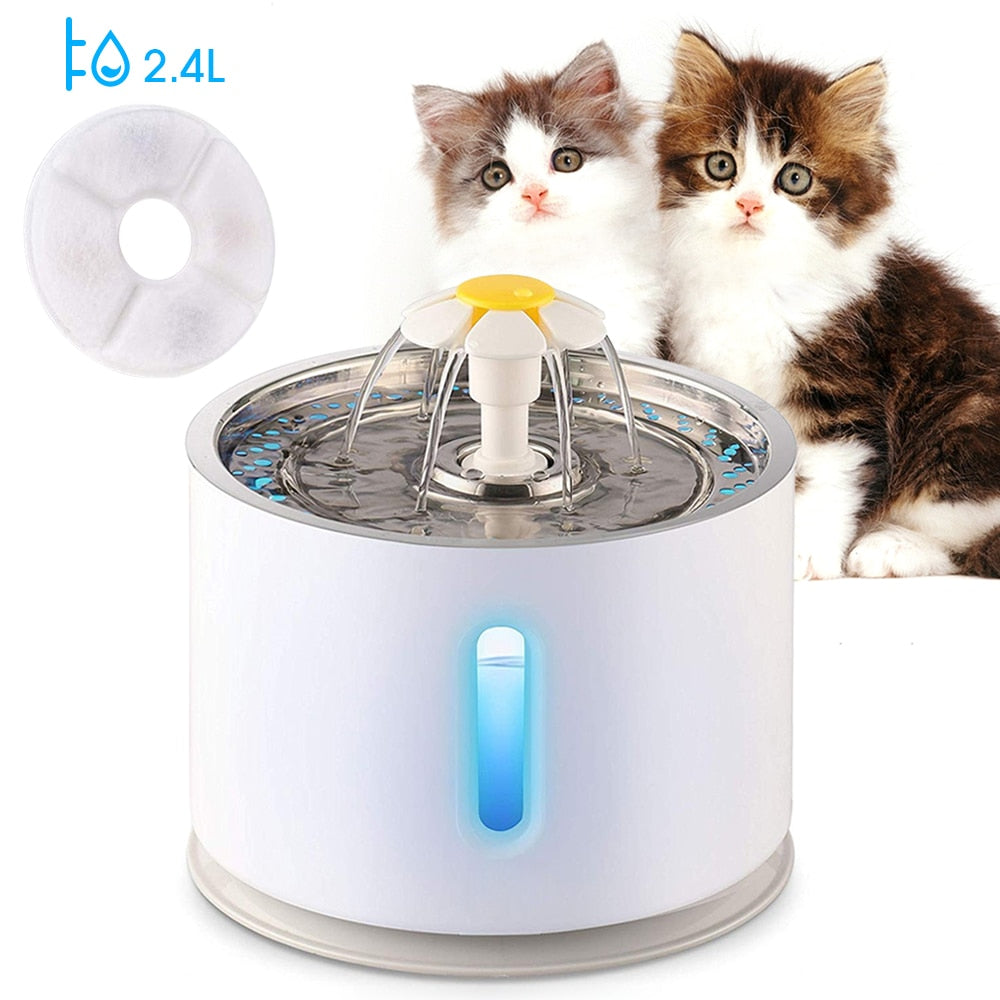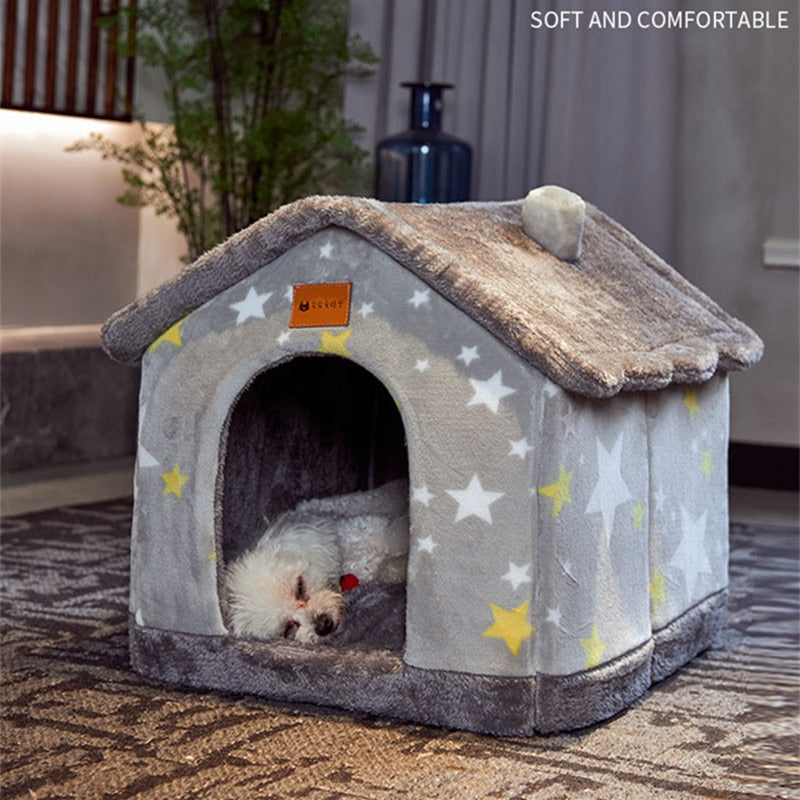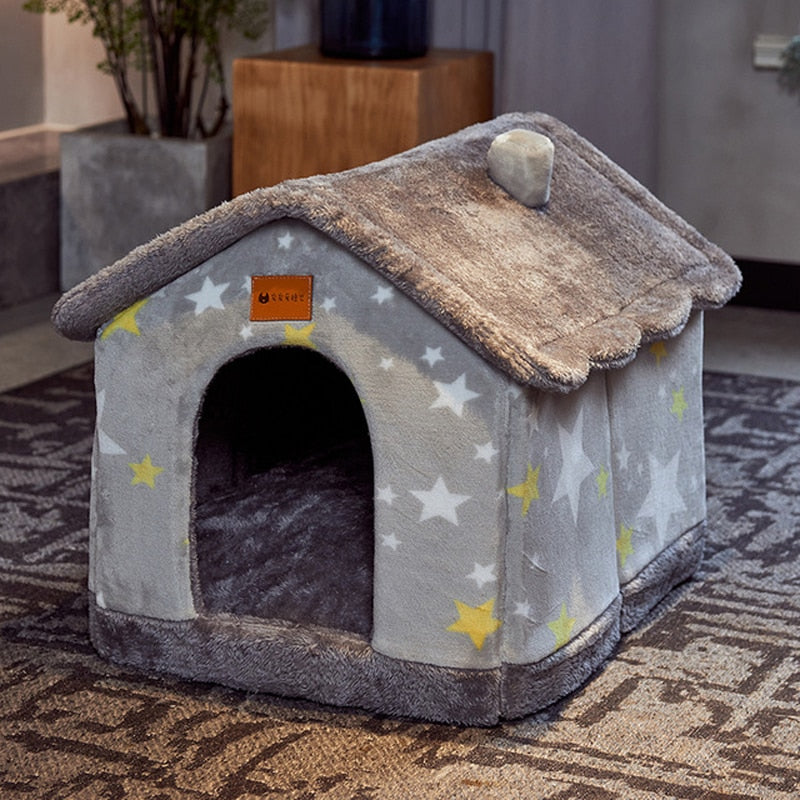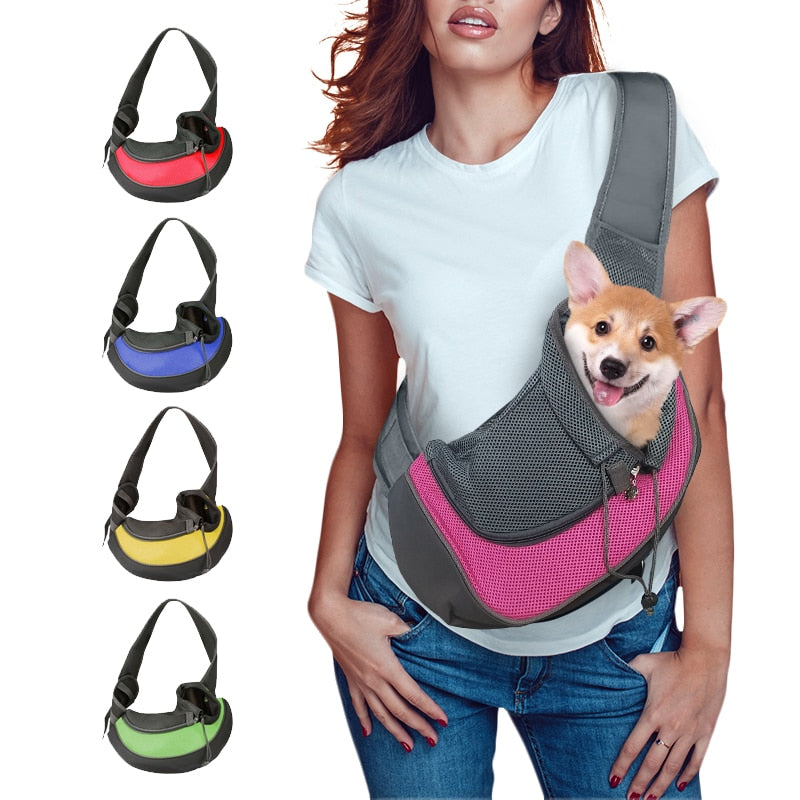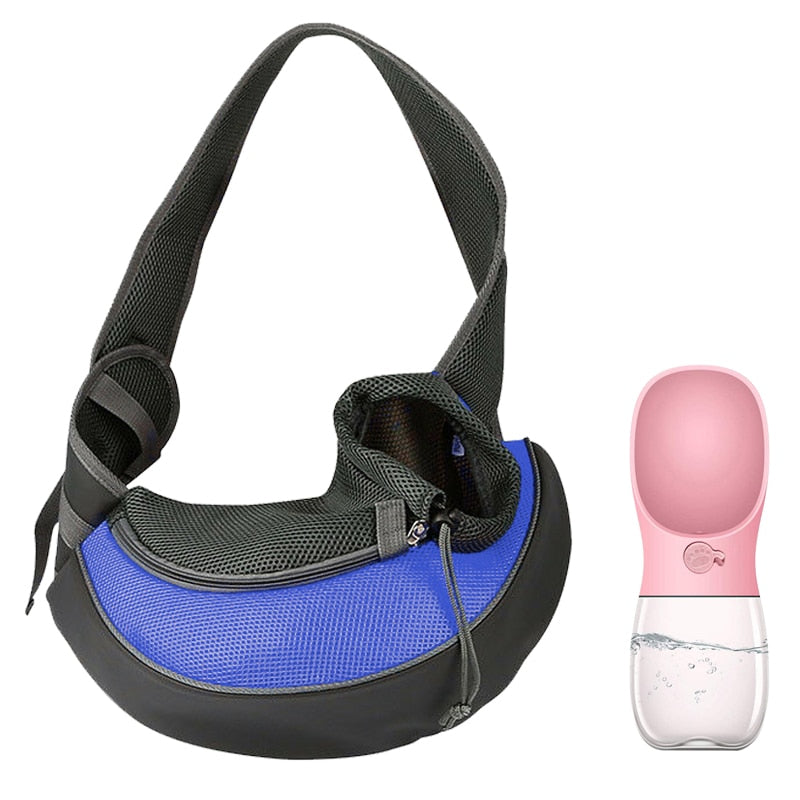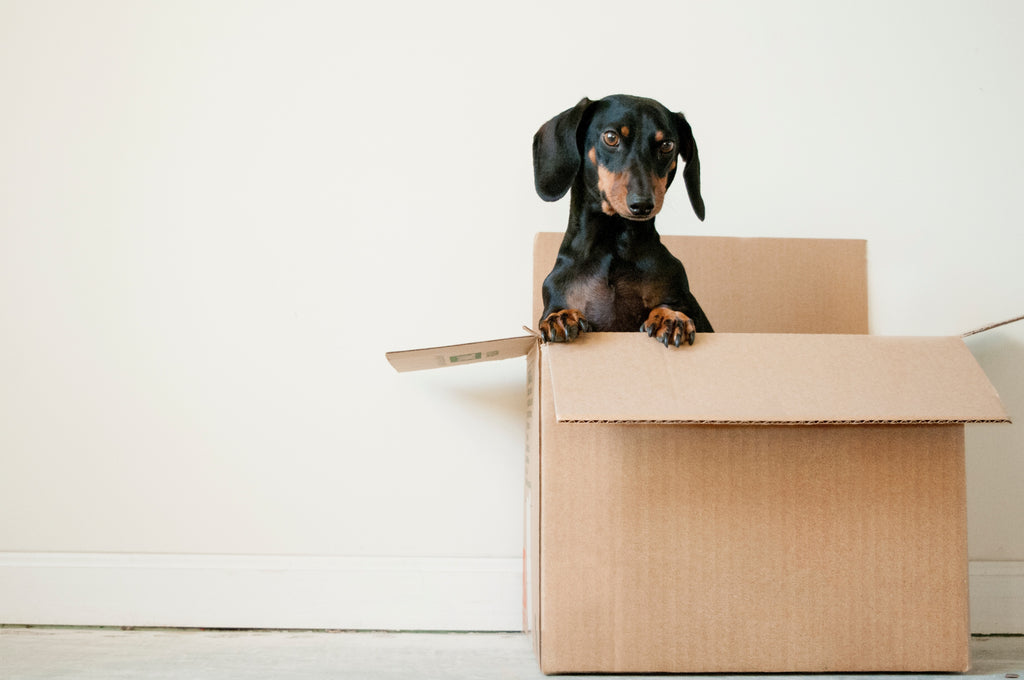
8 Indoor Exercises for Your Dog

Most dogs, even puppies, require sufficient physical activity each day. Sometimes the weather makes it difficult to take your dog on regular walks or to play outside with them. Depending on where you live, it could be thunderstorms, freezing or sweltering temperature, or all three at once. When the weather is terrible, exercising your dog outdoors might be dangerous for both of you. It will be depressing that you have no choice but to walk your dog every day, come rain or shine. It is, therefore, imperative that you learn more about dog training inside.
So what do you need to do? When they are indoors, you must think of creative ways to encourage them to exercise. Before going over some indoor dog exercise options, let's talk about some fundamental rules for improving your pet's health and quality of life through exercise.
Why It Makes Sense to Exercise Your Dog or Puppy
Every day, regardless of age or size, dogs require some form of physical activity. Although some dog breeds may be more active than others, and a dog's age can also affect its activity level, all dogs need to engage in some form of physical activity daily.
Your dog will develop health problems, behavioral issues, and frustration if he does not get enough exercise. The body's metabolic system, the muscles, and the mind all benefit from exercise's ability to keep them toned and stimulated. If a dog does not get enough mental stimulation or physical activity, it often picks up destructive behaviors.
Dogs are susceptible to obesity if they do not get enough training, preventing their bodies from burning off the calories they consume. It is easier to observe in canines whose owners provide many treats.
How long should your dog exercise inside each day?
Even though a dog's exercise requirements change depending on its breed, size, age, and overall health, every day, the dog should engage in some form of physical activity for at least half an hour and no more than two hours. Some breeds may be intended for hunting or working and require more strenuous activity.
No general rule of thumb can tell you how many activities you should engage in with your dog because their requirements are contingent on the breeds they come from and various other elements. Pay attention to your dog's cues; switch things up or let them take a break if they begin showing tiredness during the activity. On the other hand, they are susceptible to quickly becoming exhausted due to sore muscles or excessive weight. It would be best if you understood why they speed up so rapidly.
Consult your dog's veterinarian if you are unsure whether they can participate in a particular indoor activity with you. You should avoid giving your strenuous dog workouts because doing so might result in more severe issues in the long run. If you have not been exercising your dog, you should begin the exercises slowly and gradually increase both the duration and the level of physical exertion.
Teaching Your Dog How to Play Games and Exercise
Dogs love engaging in playful activities or games. You will have a simpler and more exciting time playing together if you do a little bit of preparation ahead of time.
The question now is, how should you get them ready? Imagine a team of football players. They will run and kick the ball around aimlessly if they are not given any instructions, and the activity as a whole will not be enjoyable because it will result in chaos and will not be successful. As a player, dogs must be instructed about proper positioning and the game's rules.
Once it figures out how to play, you and your dog will have a lot of fun engaging in physical activity together. Here are three things you can do to make it easier for your dog to learn the rules:
- Encourage them and reinforce your instructions throughout the training process by rewarding them.
- Instruct him on how to use the "find it" command.
- Introduce new activities, such as games and workouts, in an organized manner.
Now that you have that information let's talk about some indoor physical activities that you and your dog can perform together. You may choose one of these eight options to test out:
1. Tennis Ball Fetch
I do not doubt that you know what is happening here. Although certain dog breeds are known to have more robust natural pursuing impulses than others, most dogs can be taught to retrieve and bring objects back to their owners with just a few basic cues and some positive reinforcement. The wonderful thing about dogs is that once they learn how to play a game, they can do it independently while you sit elsewhere and toss tennis balls to various places. This is the best part about having a dog.
Choose an item to toss out that your dog will need to retrieve and bring back to you to participate in this game indoors. It might be a ball or a toy, but you need to be sure that it is not too tough to shatter the screen on your television. Your go-to television program comes on in a little while, and I don't believe you'll want to miss it if you can help.
That would work out best for folks who have halls or sitting areas that are larger. When you are ready to toss anything at your dog, start rubbing it against its mouth. Before you toss the ball or toy down for your dog to play with, get his attention by making playful noises and get him in the mood for some fun. After they have brought it back, you should treat them. Now, you should try to persuade them to pick it up and hand it to you.
Continue doing it until it becomes ingrained in your routine. Now move the object farther away from your dog, and provide a treat in exchange for it if they bring it to you after picking it up. You will then continue increasing the distance while rewarding your dog each time they get the object back until they have mastered this ability.
2. Following the Trail of the Toy
The interactive activity, also known as "Track the Treat," is fun to play with and may help keep your dog awake. Your dog's intellect will be stimulated, and its sense of smell will be sharpened as a result of playing this game, which is excellent since it encourages your dog to utilize its sense of scent.
You will need some cardboard boxes or maybe some containers made of Tupperware – you can begin with only two. Please keep your dog confined in the room while you turn the containers upside down and place them on the floor. You will put your dog's favorite chew toy or treat inside one of the containers that you have purchased. It would help if you covered the box or container where the treatment is stored so your dog cannot see what it is.

After you have completed this step, let your dog sniff each of the containers, and when they identify the one that contains the treat, praise and reward them. Proceed to disclose the reward, and then encourage the winners to use it in some way so that they can appreciate it.
Your dog will become aware, via the repeated practice of the activity, that he will get a reward for locating the appropriate box. Add a few extra boxes or containers to the mix to make the game more challenging for your animal companion, making it more fun for you to play. Your dog will learn how to use its sense of smell more precisely after receiving a few prizes for making the correct choice. This game may be played for as little as ten minutes or as long as your buddy wants it to be played until they become weary of it.
3. Hide and Seek
The game of "hide and seek" was probably everyone's favorite when they were little, and everyone played it. Your dog is no different. Every breed of dog enjoys sniffing about and following scents, although some, like Beagles, German Shepherds, and bloodhounds, are more suited for these activities than others. Hiding and searching will become one of your dog's favorite games after some fun and engaging training.
The exercise will not only keep their brains active, but it will also keep their cardiovascular systems active by keeping them moving. Playing "hide and seek" is fun for senior dogs who have trouble getting about the neighborhood. Most owners have a line command to "go locate it." Even if you haven't taught it to him yet, your dog will pick it up very soon.
To begin, lead your dog into a separate room and shut the door behind you before leaving. Now it's time to choose a spot that isn't too far away or too high and conceal your dog's favorite snack or toy. Remember that you shouldn't put it in your most prized shoe, or vase since doing so might lead to an unpleasant outcome. The next step is to return to the previous room, let the dog into the rest of the home, and give him verbal signals such as "find it."
Encourage them when they are coming close to the goal, and make sure they are aware when they are moving farther away by keeping them alert with words or noises. This will help enhance their motivation.
4. Making Use of a Playpen
Playpens for dogs and puppies serve various functions, including providing containment and aiding in the housebreaking process. They offer an excellent opportunity to let your dog run around and play without allowing them the customary freedom to roam the entire house unrestricted.
Before selecting the dog playpen that will serve your pet most effectively, you must consider several different aspects, just as you would with any other product. How you intend to make use of the pen, as well as the breed of dog that you own, are both critical factors to take into account.
There are a few distinct varieties of dog playpens, including:
- Playpens are made of metal. Although metal playpens are more expensive than their plastic equivalents, they last significantly longer and are less likely to break. The use of these pens is appropriate for use inside, but because they have the potential to scratch flooring, you should exercise caution when deciding where to put them. In addition, check to see that they do not have any sharp edges or protrusions that could hurt your dog.
- Playpens made of mesh are the most affordable option, but they also last the least time compared to the other three options. They are not the best choice for dogs that are overly active or have destructive tendencies because of their chewing. Additionally, they are not very good at keeping larger dog breeds contained. On the other hand, they are easily transportable and do not weigh much.
- Plastic playpens are by far the most common type of playpen because they are long-lasting, relatively inexpensive, and can be set up inside and outside the home. They are also lightweight, which makes it less likely that they will damage your floors. In addition to that, Plastic playpens do not rust. The drawback of these playpens is that they may eventually be bitten through.
If you are familiar with the various playpens types, you can select the one that is most suitable for your dog. Before utilizing any of these playing tools, it is essential to consider the size of your dog and its behavior. They provide an excellent means of keeping your dog active while also containing it.
5. The game of "Tug of War."
You need a fun game that will give your dog superb and thorough exercise, don't you? Your dog will get excellent neck, mouth, and leg training when you play tug of war with him. You could acquire a dog rope or toy for your dog, but if your dog has a particular affinity for a specific blanket, you could also use it, and it will work just as well. To get started, choose a location with little room but sufficient volume. It is best to clear places with tables or young children during this physically demanding game.
It would help if you stood above your dog while holding the rope. To get a reaction out of Fido, dangle the treat so that it touches his face ever so slightly. It will encourage your dog to mouth the toy or blanket, ultimately leading to them holding it in their mouth. If your dog is less stressed out than before, you might try using more upbeat language and infusing it with excitement to coax the dog into participating.
As soon as the dog grabs the rope, begin slowly tugging it while smiling and maintaining an upbeat tone, so your dog understands that you want to play with him. It encourages the dog to tug somewhat harder, and you should do the same thing. You must pull carefully and refrain from shaking the rope excessively, which might lead to accidents.

6. "Running Up and Down the Stairs" (Runnin' the Stairs)
Running and playing fetch are great ways to keep a dog active, but they don't do much to work the core muscles that dogs have. This is an excellent way to do so. Your dog will face a significant challenge thanks to the increased step size and elevation, and it will give you a sense of happiness to watch them or the dog makes its way up and down the stairs. To create a companion exercise, you can either follow them while they are running or wait at the top of the steps and toss a toy for them to retrieve and bring back to you.
7. Play in Hallway
Even if your home does not feature an internal staircase, you and your pet can still run around the house together. Make those silly noises and encouraging phrases while running with your dog rather than chasing him around your hallway. Just be careful not to overdo it. If you have a dog-proofed hardwood floor or a laminate floor, keep an eye out for your dog as he tries to sprint on the floor because he will run in a zigzag pattern to maintain his balance. You will have a good time together as a result.
8. Chase a laser pointer
It's an old and venerable game. Like cats, some dogs enjoy running around the house chasing the red hot dot. However, it would help if you exercised caution to prevent your dog from destroying the paintings on your walls while attempting to track the red dot. Sometimes, the dog may run into things while chasing the dot.
Avoid shining the light on anyone else, especially if your dog is chasing it, as it could cause your dog to bite or scratch someone with its paw nails. It is essential if your dog is chasing the light. It is impolite to direct a laser pointer at someone else, even if you think it will be funny because it will likely result in the dog jumping on the owner's belongings or an innocent bystander. This exercise can be accomplished fun way to get your dog some exercise if it's done correctly.
In conclusion
Now you know some of the exercises and games. You can take various straightforward approaches to keep your dog physically active and in good shape. It should go without saying that not all of these activities and games will be successful with your dog, and experiment with each to determine which plays and activities are most beneficial for your dog. Best of luck!


